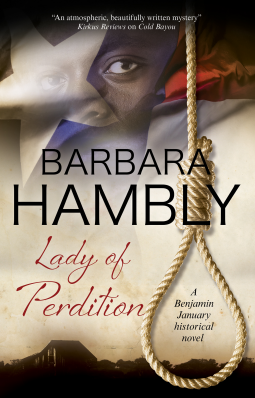Wishful Thinking (How To Be The Best Damn
Faery Godmother In The World (Or Die Trying), Book 1) by Helen Harper (Harperfire)
Saffron may be the
best drug faery ever, creating hallucinations to guide addicts back to sobriety
or at least sanity, but her own ambition is to join the august company of faery
godmothers. The most wonderful job she can imagine is to grant the dearest wish
of her human client. When she at last receives a coveted invitation to join
that elite organization, she is thrilled . . . until she discovers that faery
godmothers are going missing and she is to be the bait for the kidnapper. Her
welcome is anything but warm as the other godmothers, male and female alike,
ignore, spurn, or attack her. To make matters worse, the darkly sinister and
intimidating Devil’s Advocate arrives to investigate the situation.
Saffron’s
personality shines through the story. She’s warm and funny and earthy, and
compassionate in a way few other faeries are. The story achieves a nice balance
between dramatic tension, action, and quieter but no less fascinating events.
The magic is innovative, the setting (London) a quixotic blend of mundane and
otherworldly, and all the characters grow and change. I especially love stories
in which both the protagonist and her adversaries reveal hidden depths,
becoming more complex and appealing (or revolting, as the case may be).
Needless to say, I’m looking forward to the next adventures of Saffron and her
friends.









